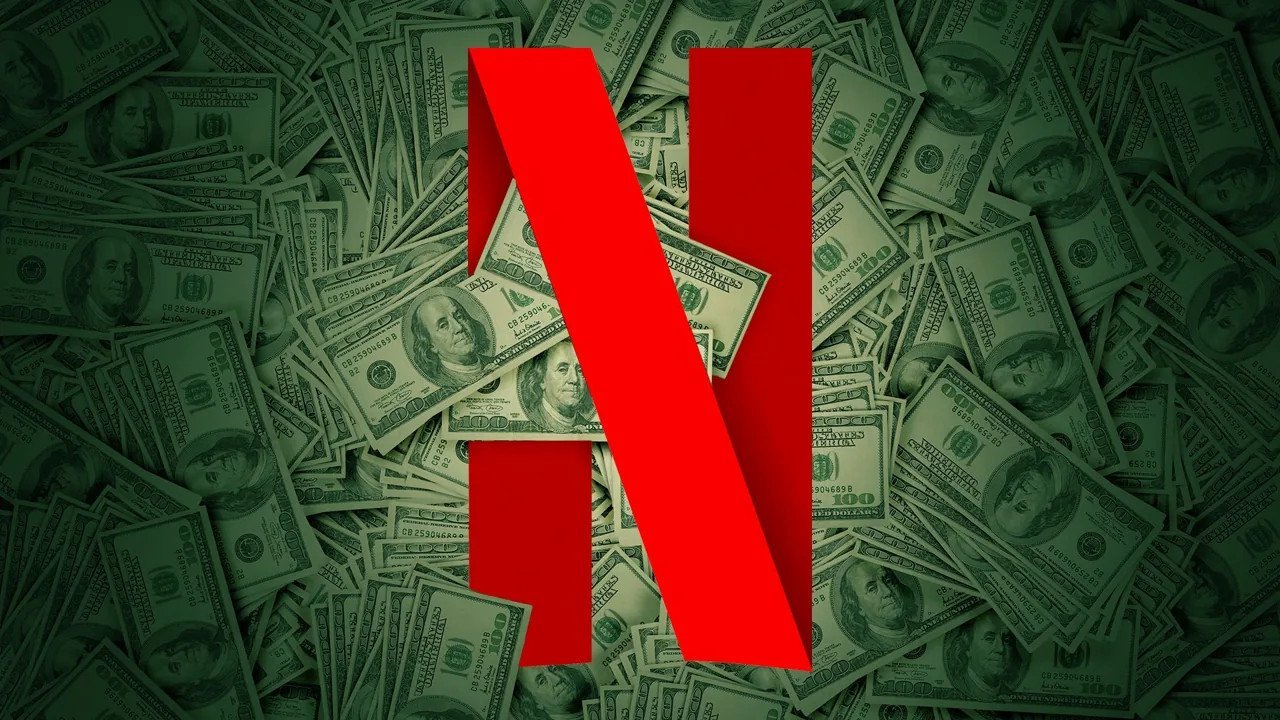Netflix just used AI to pull off a blockbuster-level visual effect—on a TV show budget.
In a watershed moment for TV production, Netflix has confirmed it used generative artificial intelligence to create a building collapse scene in its upcoming sci-fi series El Eternauta. The visual effect, which would normally require extensive CGI and days of post-production, was instead generated using AI technology—dramatically cutting costs and accelerating the timeline.
According to BBC News, this is the first time generative AI has been used to produce final footage in a Netflix original film or series. Co-CEO Ted Sarandos described the achievement as a breakthrough, enabling a level of cinematic quality on a much smaller budget.
AI-Powered Visual Effects: 10x Faster, Far Cheaper
The visual sequence in question—a crumbling building in Buenos Aires—would traditionally have been too expensive for a show of El Eternauta's scale. But by using in-house AI tools developed at Netflix’s Eyeline Studios, the effect was delivered ten times faster than standard methods. According to Reuters, this kind of speed and efficiency is what makes generative AI a game-changer, especially for international productions with tight budgets.
Sarandos emphasized that the team was thrilled with the result, pointing out that this AI-enabled sequence would have been “unfeasible” using traditional VFX pipelines. By leveraging AI, Netflix is positioning itself as a leader in merging creative storytelling with cutting-edge technology.
The Ethical Backlash: Hollywood’s Uneasy Truce with AI
Despite the technological milestone, Netflix’s announcement comes at a time of heightened sensitivity around the use of AI in creative industries. Generative AI has been one of the most controversial topics in Hollywood, especially during the 2023 SAG-AFTRA and Writers Guild strikes.
According to The Guardian, industry unions have pushed back hard against studios experimenting with AI in ways that might infringe on human labor and creativity. Writers, actors, and visual artists worry that AI-generated content draws from their past work without consent, raising legal and ethical red flags.
During last year’s strike, regulations on AI usage were a top demand. The fear is not just job displacement, but a broader dilution of originality and artistic integrity. While Netflix maintains that AI is a tool to enhance creativity—not replace it—the debate is far from settled.
Streaming Growth Meets Scalable Innovation
Netflix’s bold AI move coincides with one of its strongest financial quarters in recent years. The streaming giant posted a 16% rise in revenue to $11 billion, with profits jumping from $2.1 billion to $3.1 billion year-over-year. According to BBC News, much of this success was driven by the final season of Squid Game, which drew 122 million views globally.
This performance demonstrates how Netflix’s strategy of scaling high-impact content—while keeping production costs lean—is beginning to pay off. The adoption of AI isn’t just a creative pivot, but a business decision aligned with long-term profitability.
Beyond VFX: AI’s Role in the Netflix Ecosystem
Netflix executives are already thinking beyond special effects. According to Reuters, co-CEO Greg Peters suggested AI could soon power voice-activated content searches (“Show me an ’80s dark psychological thriller”) and auto-generate advertising assets tailored to different regions and audiences.
This aligns with Netflix’s wider tech roadmap, which includes AI tools for personalization, dubbing, and even content development. As the platform matures, the goal is clear: reduce friction, cut costs, and improve viewer satisfaction—without sacrificing quality.
What Is El Eternauta?
The show at the center of this technological leap is based on El Eternauta, a classic Argentine graphic novel first published in 1957. The story follows a group of survivors in Buenos Aires as they navigate an apocalyptic snowstorm triggered by alien invaders. Rich in political allegory and cultural history, the series blends sci-fi with grounded human drama.
The AI-powered visual sequence helped set the tone for the show’s apocalyptic world while preserving its gritty, locally rooted aesthetic. In this context, AI was not a shortcut—but a narrative enhancer.
People Also Ask (Netflix AI FAQ)
What is generative AI and how is Netflix using it?
Generative AI creates new images, video, or audio from text prompts. Netflix used it to render a complex building collapse scene in El Eternauta, dramatically reducing time and cost.
Why is AI controversial in the entertainment industry?
Critics fear AI could replace human creatives or use their work without permission. This was a major issue during the 2023 Hollywood strikes.
Will AI replace VFX artists and filmmakers?
Unlikely in the short term. Netflix executives suggest AI will enhance production workflows rather than eliminate roles—but the debate continues.
Is Netflix planning to use AI beyond visual effects?
Yes. The company is exploring AI for personalized search, dubbing, ad creation, and more—signaling a broader integration across its platform.
Closing Shot: The Future Is Rendered, Not Written
Netflix’s use of AI in El Eternauta isn’t just a tech demo—it’s a strategic shot across the bow of traditional filmmaking. For now, the goal is efficiency. But tomorrow? AI could become the new creative partner, silently shaping how stories are made, distributed, and experienced. Whether that’s exciting or alarming depends on where you sit in the studio.
The age of AI-generated entertainment has begun—and Netflix just made the first move on screen.















